Whether you’re new to the GF lifestyle or a veteran who suffered through the early days of rice bread, we’ve all experienced some gross gluten-free foods.
Sometimes, you have to wonder: Did R&D teams forget to test their products on actual humans? Did food companies simply give up?
We’re here to talk about the worst gluten-free foods – and recommendations to make better items you’d be proud to serve others.
The Worst Gluten-Free Foods (+ What to Eat Instead)
Gluten-Free Pasta
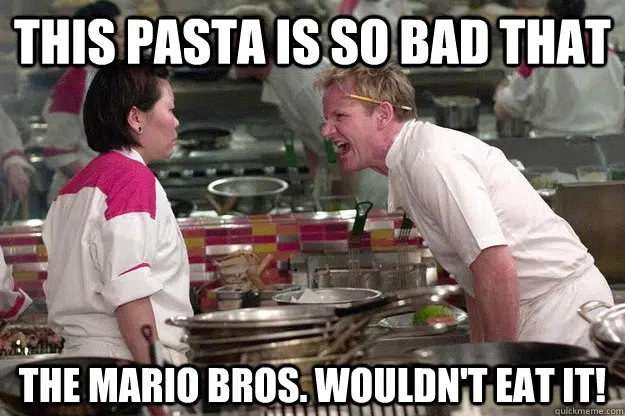
Rice pasta belongs in stir-fries, not spaghetti sauce. Chickpea pasta has an overwhelmingly earthy flavor that quickly turns to mush. Unless you’re into clumpy or gummy textures, you can forget about reheating last night’s pasta.
Erin from Hungry Fit Foodie adds, “I’ve found that some gluten-free pasta brands lose their shape during cooking, impacting the overall taste and texture of the dish.”
While I’ve personally had some luck with some shaped quinoa and red lentil pasta variations, there aren’t many gluten-free pasta types I’d be willing to serve guests.
My Solutions
Disappointed by expensive GF pasta options? Stop shoving a square peg in a round hole and try a different carbohydrate option.
- When made properly, risotto won’t let you down. There’s a reason that Elizabeth David spent decades curating her recipes – they work and are ready in under 20 minutes.
- Northern Italians thrive on polenta. Feel free to top it with ragù, sautéed vegetables, poached eggs, rotisserie chicken, and whatever else you’ve got in your fridge.
Gluten-Free Cake Mixes
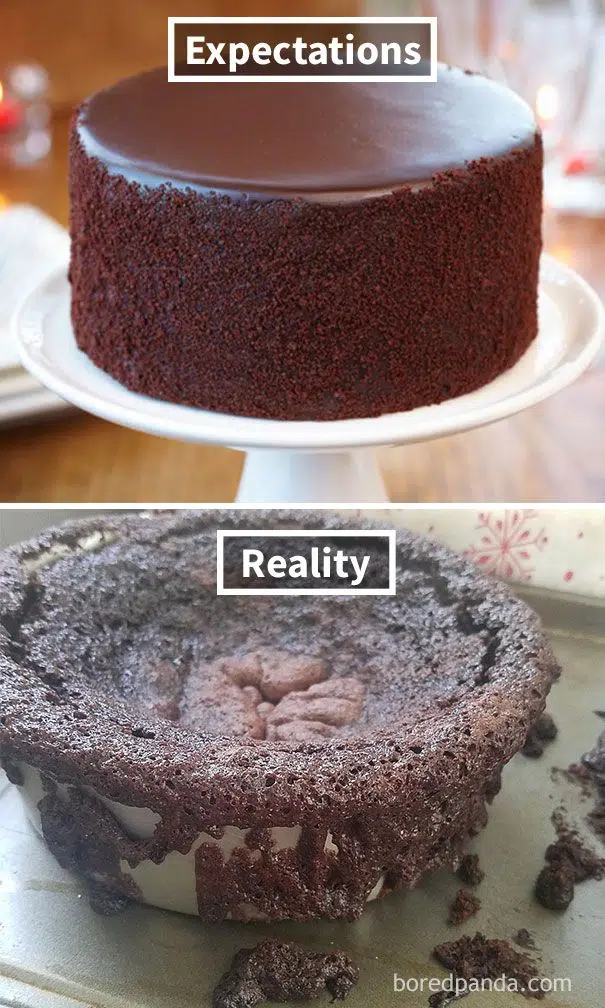
We’ve all had our share of stodgy and dry gluten-free cakes. And when you finally find the right texture in a boxed cake mix, the flavor is off. Since most gluten-free eaters prepare most of their food at home, they tend to use fewer sweeteners and preservatives.
Shawna from Sauce LA adds, “Why do manufacturers think losing gluten means you need to add sugar? If you're lucky enough to find a GF cake mix that isn't gummy, it might be sickly sweet. Looking at you, King Arthur and Trader Joe's!
There’s no shame if you prefer a sweet cake. King Arthur’s Chocolate Cake is considered the “king” of boxed gluten-free cakes. However, if you're a regular baker, these options can be pretty cost-prohibitive.
My Solutions
If you’re a home baker that wants more control over sweetness, texture, and cost, try the following tips instead:
- Use your own gluten-free flour blend. You’ll probably need to test a few variations before finding your ideal mix.
- Pearl millet flour is a staple in Indian cooking (and my secret weapon for cakey textures).
- Almond flour is ideal for a nutty cake texture. When added to muffins, you’ll stay fuller for longer.
Gluten-Free Desserts in General
If you’ve been to a cookout or potluck, the only gluten-free dessert option tends to be fruit salad or ice cream (if you’re lucky).
My Solutions
Just plan on bringing your own dessert with you. Luckily, there are plenty of options that look impressive and will be snatched up by unsuspecting glutinous gluttons:
- Gluten-free fruit pizza is a potluck staple that can be updated with seasonal fruits. You may need to make two.
- Pulse your cookies in a food processor and make a gluten-free crust. It couldn’t be easier – and it’s perfect for no-bake cheesecakes and ice cream cakes.
- If you have a few days’ notice, order a gluten-free assortment from Nothing Bundt Cakes. Note: While this is great for folks with gluten sensitivities, I don’t recommend it for people with Celiac disease.
Gluten-Free Bread
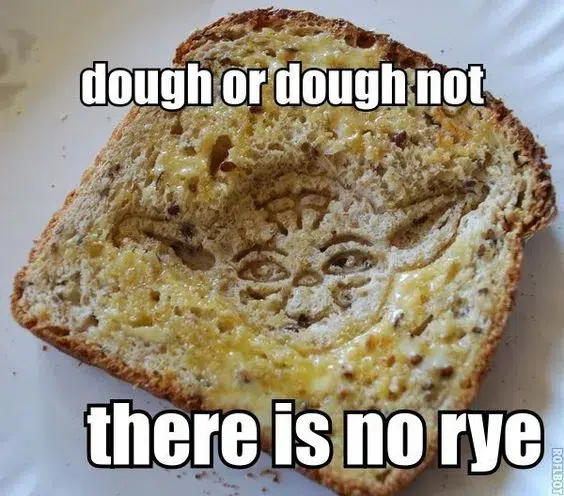
Tears-your-mouth-up rough. Falls apart upon contact. Feels like someone dumped sand into the dough. Most of us have had our fair share of disappointing sandwiches.
In fact, most pre-packaged, gluten-free bread is hit or miss (mostly miss). Don’t get us started on frozen bread.
Zahid from ThePlantBible called Udi’s Gluten-Free Whole Grain Bread “dry and tasteless. The texture was as if it had been frozen and thawed out, leaving it with a weird spongy consistency. It’s one of the most unappetizing things I’ve ever eaten.”
My Solutions
If you’ve got a reliable gluten-free bakery in your city, you’re a lucky so-and-so. If not, getting home-baked bread right will take trial and error (and a handful of semi-strange ingredients). But when you finally nail a recipe, the satisfaction is unreal.
- Pita bread and flatbread are great options for beginners. Use them for hummus, tacos, or even mini pizzas.
- This gluten-free, yeast-free bread includes zero rise time or fancy tools. It’s ideal for sandwiches and toasting!
- These gluten-free popovers are easy and perfect dinner roll replacements.
Pro tip: If your bread doesn’t turn out perfectly, don’t worry: You can probably make bread pudding.
Breakfast and Brunch
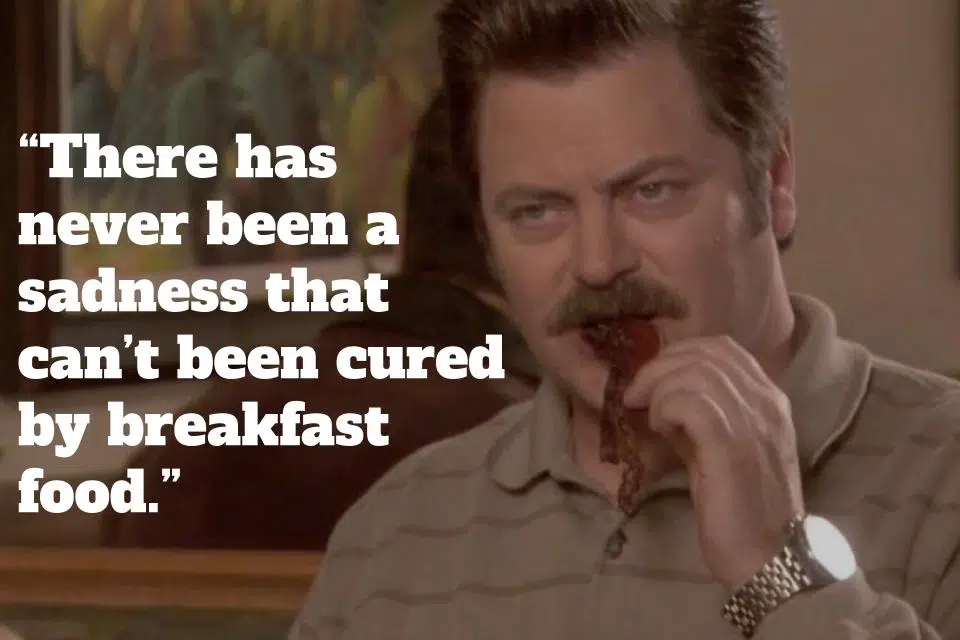
Until you go gluten-free, it’s hard to imagine the number of breakfast foods that include painful, delicious wheat. Pancakes, waffles, biscuits: It can feel pretty bleak when you’re faced with such limitations.
My Solutions
With some ingenuity and the right ingredients, you’ll be making restaurant-worthy breakfast and brunch:
- French toast casserole takes the stress out of a breakfast routine. With eggy custard, berries, and crispy pecans, this is like French toast had a baby with bread pudding.
- Quiche is a brunch staple for a reason: It’s creamy, buttery, and can be made ahead of time.
- Vegan and gluten-free? Try Post-Punk Kitchen’s Scrambled Tofu. Even the most ardent egg fan will be pleasantly surprised.
- Sweet or savory, if you put anything in a crepe, you’ll be the brunch champion.
- Socca is a traditional, savory Italian pancake made from chickpea flour. When it’s well-seasoned, it makes a fantastic vegan and gluten-free option.
Julius Cermak says that, “Waffles and thin, crepe-like pancakes can easily be converted to gluten-free varieties. Just substitute gluten-free flour for regular flour. You may need extra liquid as GF flour is usually more absorbent than wheat flour.”
5 Tips to Take Your Gluten-Free Food to the Next Level
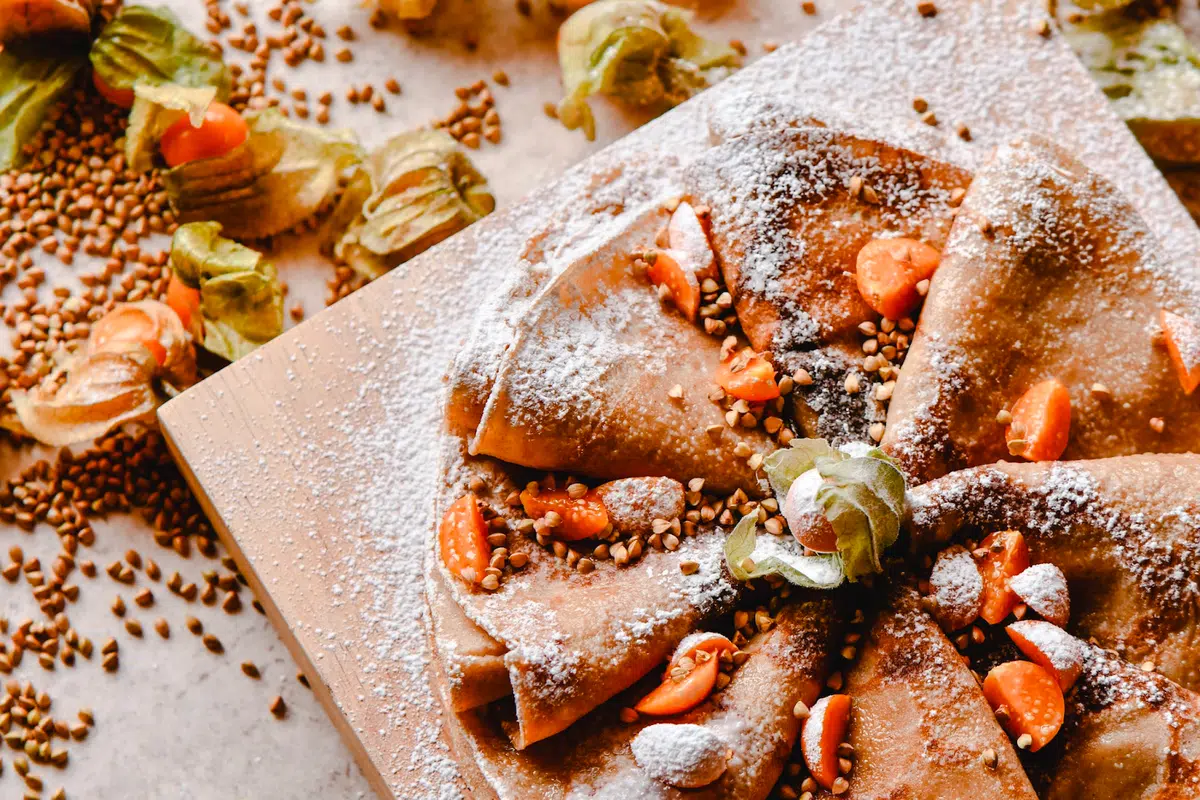
Whatever you decide to cook, you can make anything delicious with the right mindset, ambition, and techniques.
#1 Stop Focusing on Losses
So you can’t have delicate Chinese dumplings or al dente pasta. Focus on what you can have – then be the best at it.
There’s a world of alternative grains and flours out there. Experiment with cassava, tapioca, buckwheat, gluten-free oats, almond, millet, and besan flour.
#2 Don’t Try to Impress Non-GF People
Serving gross gluten-free alternatives to unwitting folks won’t win you any favors (and will probably make you feel miserable). If you can wow people over with your culinary creations, they’ll be far less likely to turn their noses up at gluten-free options in the future.
#3 Invest in Spices
If you’ve had jars of spices for years, it’s time to get new ones. Try to use whole spices and seasonings, toast them, and invest in a cheap spice grinder. Mexican and Indian supermarkets usually offer bulk options at great prices.
#4 Fresh Is Your Friend
Preparing more food at home will make you less reliant on processed foods. Pack in flavor with herbs like cilantro, parsley, tarragon, rosemary, and basil.
When it comes to garlic, Anthony Bourdain might have said it best:
“Old garlic, burnt garlic, garlic cut too long ago, and garlic that has been tragically smashed through one of those abominations, the garlic press, are all disgusting. Please treat your garlic with respect.”
#5 Make It at Home
You’ve probably shelled out serious cash for bad gluten-free products. You’ll pay a fraction of the price by experimenting with recipes at home. Have fun with it, keep a food journal, and challenge yourself to try new things. You’ll definitely make mistakes, but that’s part of the adventure!
Expand Your Skills with a Cooking Course
In my life, experiencing the worst gluten-free foods has (mostly) fallen by the wayside, thanks to new recipes and a rapidly-expanding food market.
Cooking courses – like Masterclass – are a great way to stay ahead of the curve. They’re taught by some of the world’s preeminent chefs, meaning they’re some of the best ways to learn new techniques and expand your options!
Related:
- 7 Best Gluten-Free Cookbooks
- 24 Best Gluten-Free Subscription Boxes
- 10+ Best Gluten-Free Cooking Classes Online


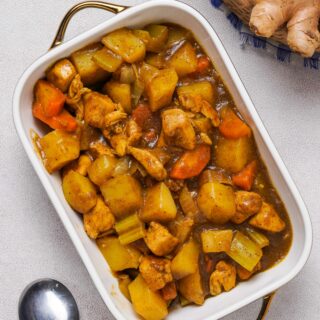
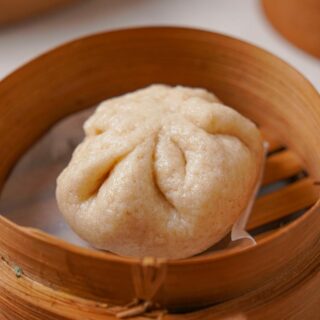
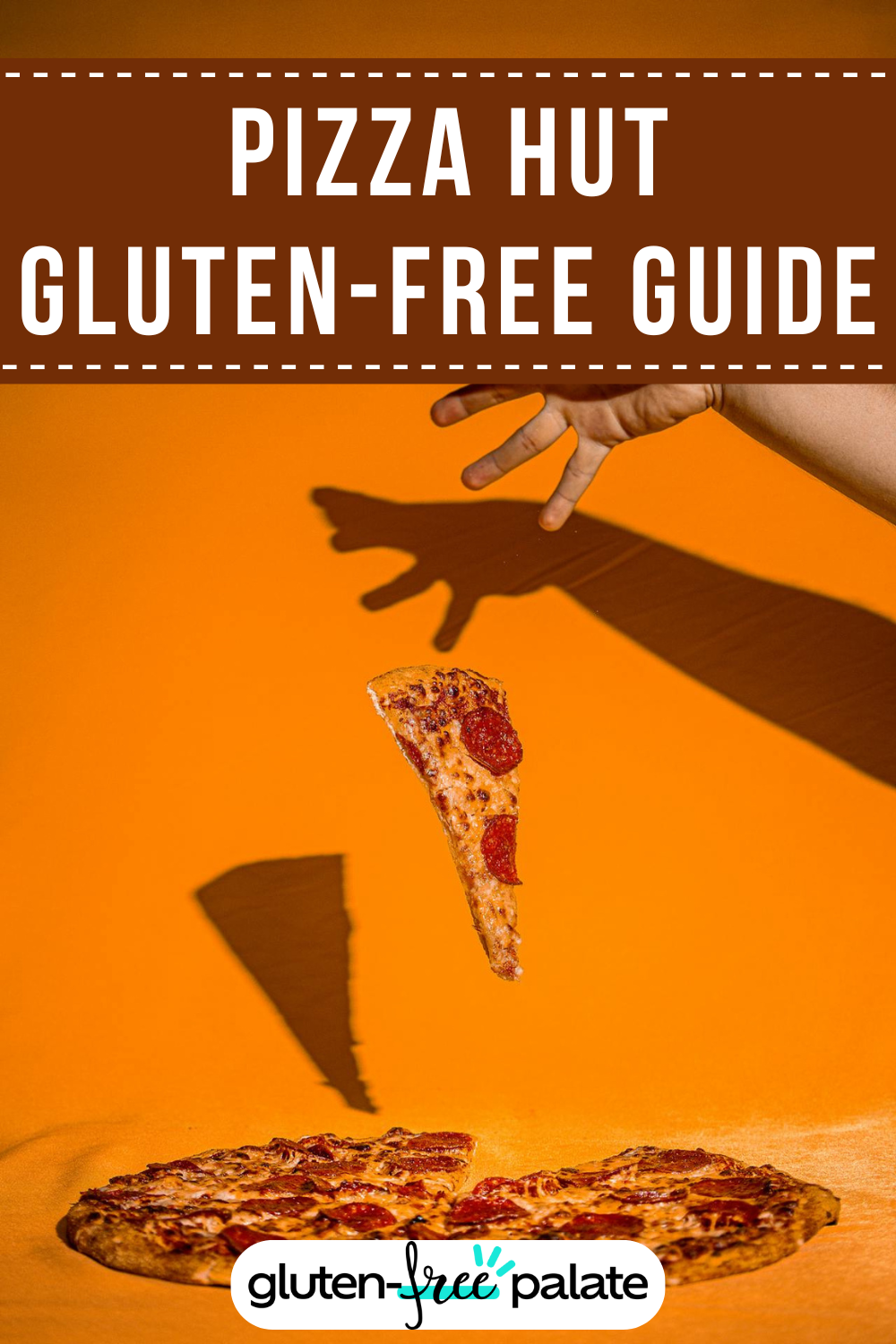
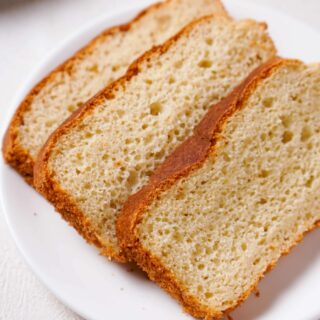
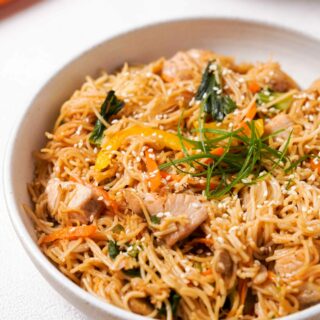
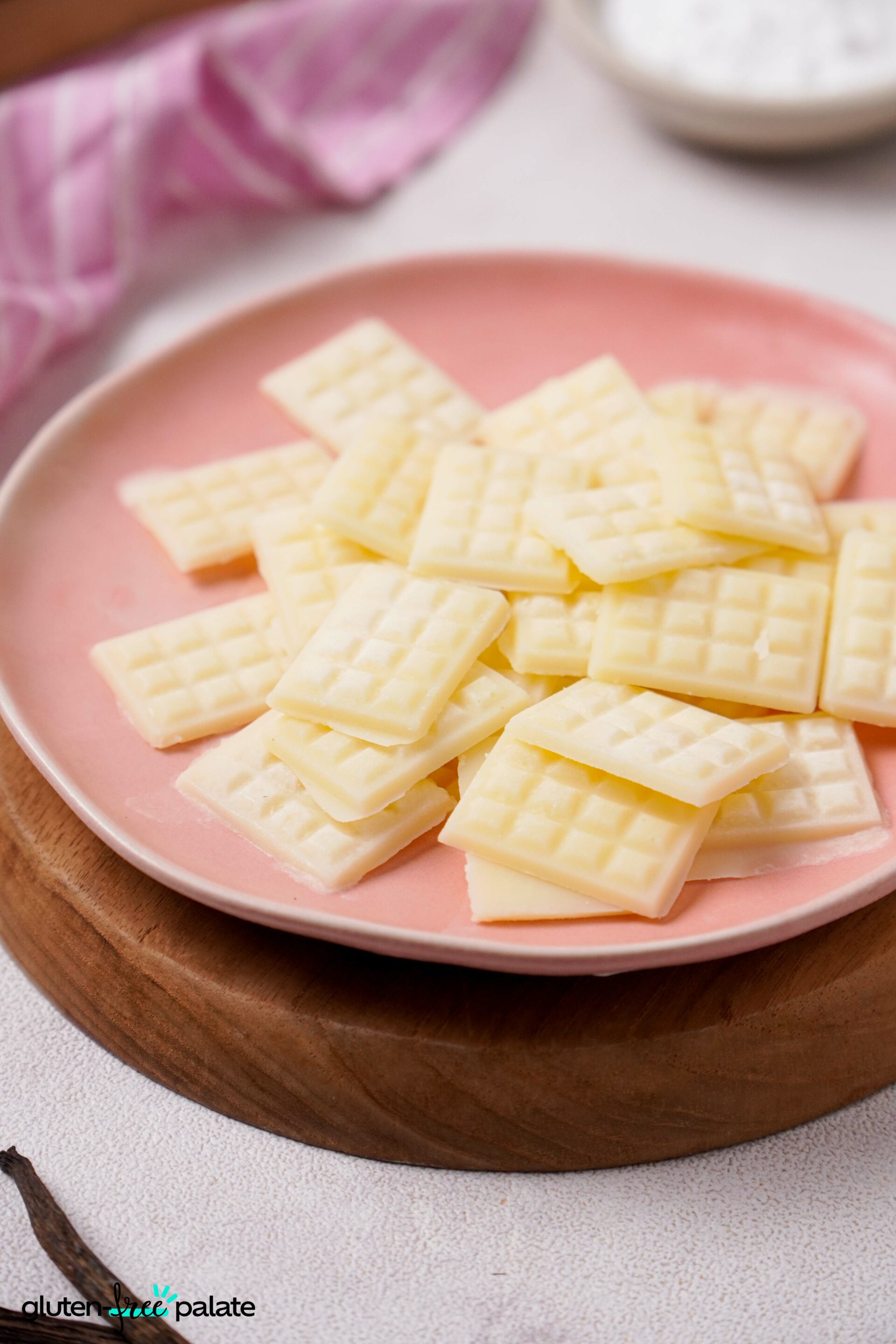
Celia O'Kelley
I do gluten free due to non life threatening wheat allergy.
I have found many GF breads you buy are ok to good if kept frozen until used and then toasted in a toaster. Un-toasted they are mushy and fall apart.
Years ago (1990's) I found a really good legume pasta. I have not found it since. It tasted reallygood, held it's shape, etc. The others are OK and I do cook and use them but for one meal only.
I find many cookies are easy to make and are good using a mainly oat flour and rice flower mix with small other flours mixed in plus xanthan gum. I use recipes that are for wheat flour and just substitute. Cookies are very forgiving compared to cakes.
Wendy Stoltz
Hi Celia,
Thanks for sharing your experience with us.